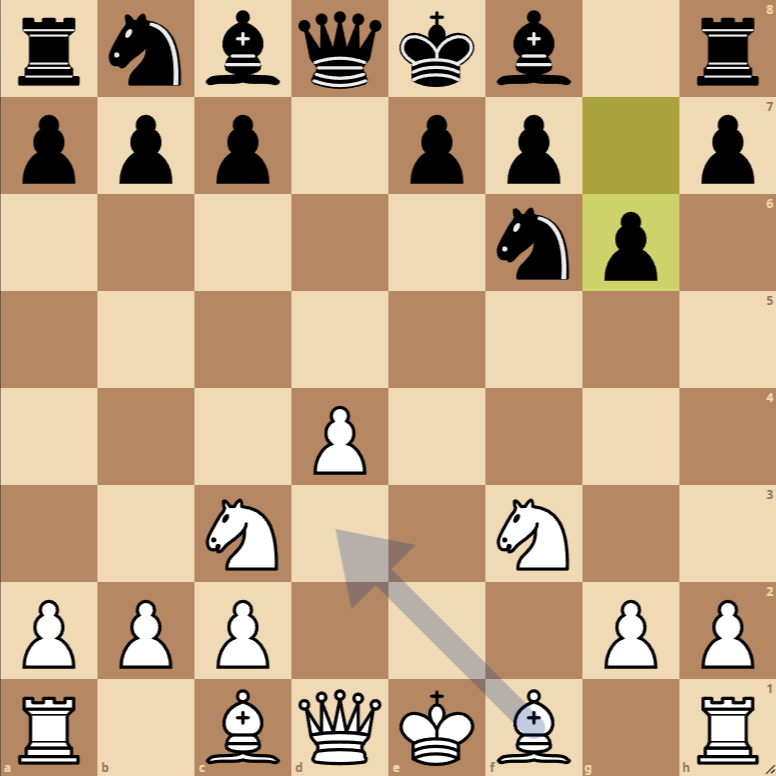How to Play the Blackmar-Diemer Gambit Accepted Bogoljubow Defense
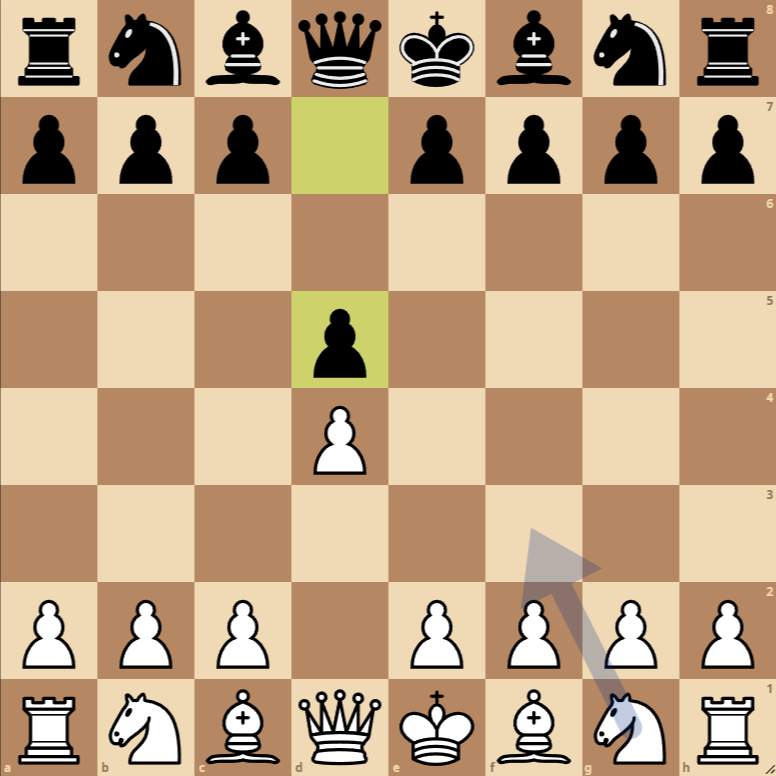
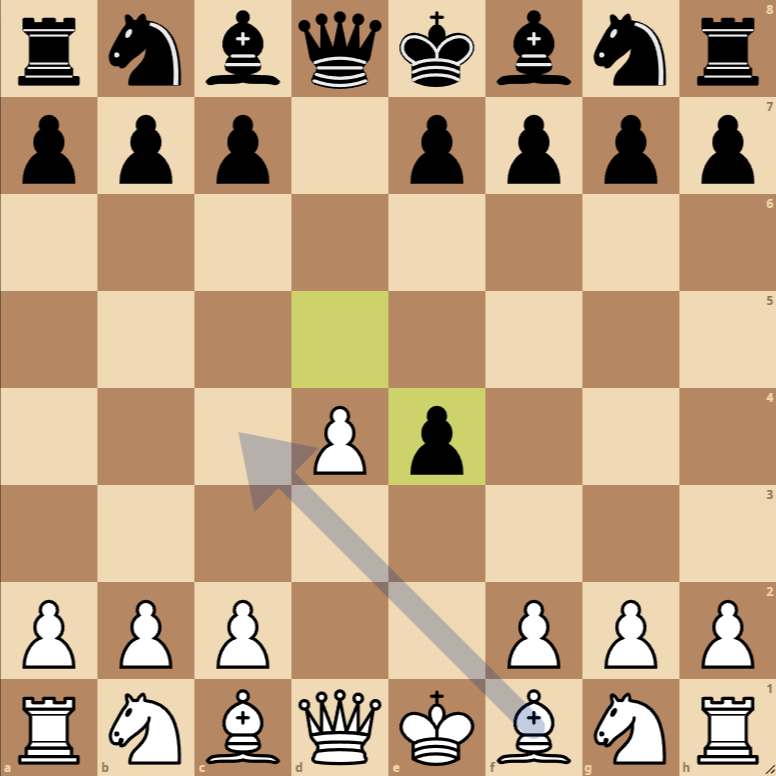
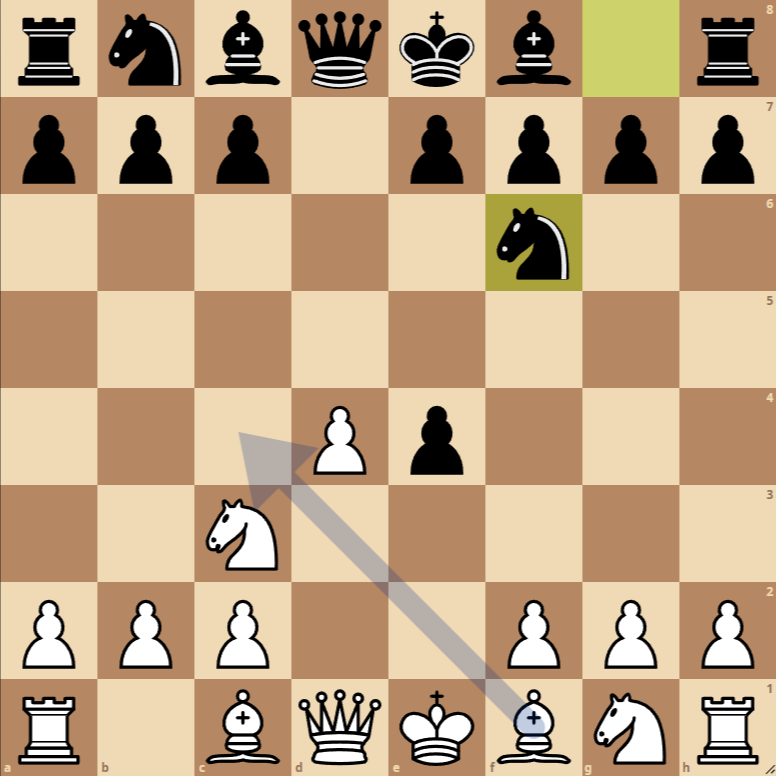
- 1. d4 d5: White starts with the pawn on d4, aiming to control the center and open lines for their pieces. Black responds with d5, establishing a solid central mirror.
- 2. e4 dxe4: White offers a gambit, temporarily sacrificing a pawn to disrupt the central pawn structure and open lines for their pieces. Black accepts the gambit by capturing the pawn on e4.
- 3. Nc3 Nf6: White develops the knight to c3, threatening to recapture the pawn on e4. Black develops their knight to f6, defending the pawn on e4 and preparing to castle.
- 4. f3 exf3: White plays f3, preparing to recapture the pawn on e4 with the f-pawn, opening the f-file for their rook. Black accepts the exchange, capturing the pawn on f3.
- 5. Nxf3 g6: White recaptures the pawn on f3 with their knight, reinforcing their presence in the center. Black plays g6, preparing to fianchetto the bishop to g7 to control the long central squares.
Variations of the Blackmar-Diemer Gambit Accepted Bogoljubow Defense
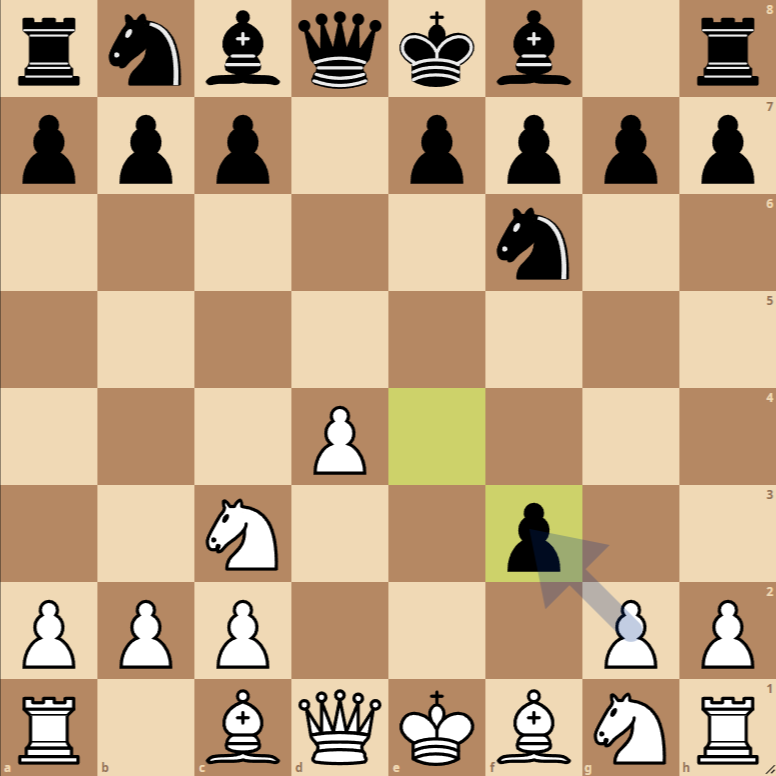
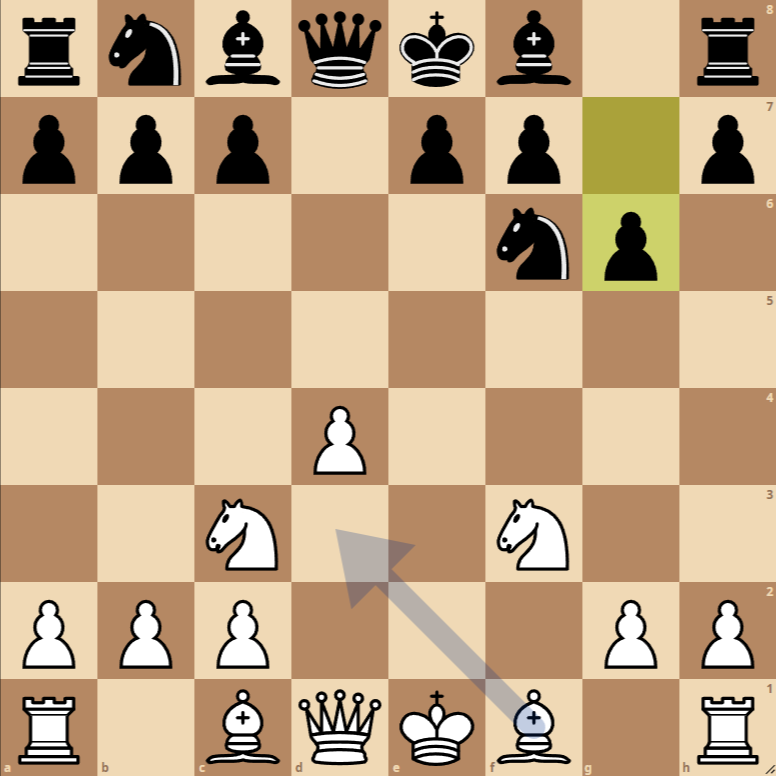
Variation 1: 2… e6
A popular variation for Black after 2. e4 is to play 2… e6, aiming to reinforce the center without immediately accepting the gambit. This line can lead to more closed pawn structures and positional play.
Variation 2: 3… e5
After 3. Nc3, Black can choose to play 3… e5, directly challenging the center instead of developing the knight to f6. This can lead to a more dynamic game with counterattacking possibilities for Black.
Variation 3: 4… Bg4
Instead of capturing on f3 with 4… exf3, Black can develop their bishop to g4, putting pressure on the knight on f3. This introduces additional tension in the game, forcing White to defend the knight or counter the threat.
The Opening: Blackmar-Diemer Gambit
Specifically, the variation in which the gambit is accepted and followed by the Bogoljubow Defense. In this position, White has sacrificed a pawn early on with the aim of gaining a development advantage and attacking chances against the Black king.
Strategies and Tactics for White:
White aims to exploit their development advantage to launch an attack against the Black king. Three promising moves in this position are:
- 1. Nc4: This move aims to place the bishop in an aggressive position, targeting the Black kingside and preparing for a potential kingside castle. It also exerts pressure on f7, a weak point in the Black position.
- 2. Ng5: With this move, White seeks to increase the pressure on the knight on f6, a key defender of the Black king. Ng5 also sets the stage for potential sacrifices on f6 that could open up the Black defense and expose the king to an attack.
- 3. Nd3: This move develops the bishop to a square where it controls significant diagonals and supports potential pawn advances in the center and kingside. It also keeps options open for a kingside castle, preserving the safety of the White king while preparing for the attack.
Strategies and Tactics for Black:
For Black, it’s crucial to develop their pieces quickly and counteract White’s central pressure. King safety is a priority, so castling may be a necessary measure soon. Black should also consider moves that challenge the White pawn and piece structure, aiming to activate their pieces and create counterplay.
- 1. Bg7: Developing the bishop to g7 strengthens Black’s control over the dark central squares and prepares for either long or short castling, depending on how the game unfolds.
- 2. O-O: Castling early can be essential for the safety of the Black king, given White’s aggressive stance. It also activates the rook on f8, which can be useful for defending the kingside or participating in central operations.
- 3. c5 or Nc6: Advancing the pawn to c5 or developing the knight to c6 are moves that help Black contest central control and offer counterplay. c5 aims to challenge the White pawn structure and open lines for Black pieces, while Nc6 develops a piece toward the center and sets the stage for potential pawn advances in the future.
In summary, the current position offers rich tactical and strategic possibilities for both sides. White must capitalize on their initiative and development advantage to launch an effective attack, while Black needs to counter carefully, secure their king, and seek opportunities to activate their pieces and create counterplay.

